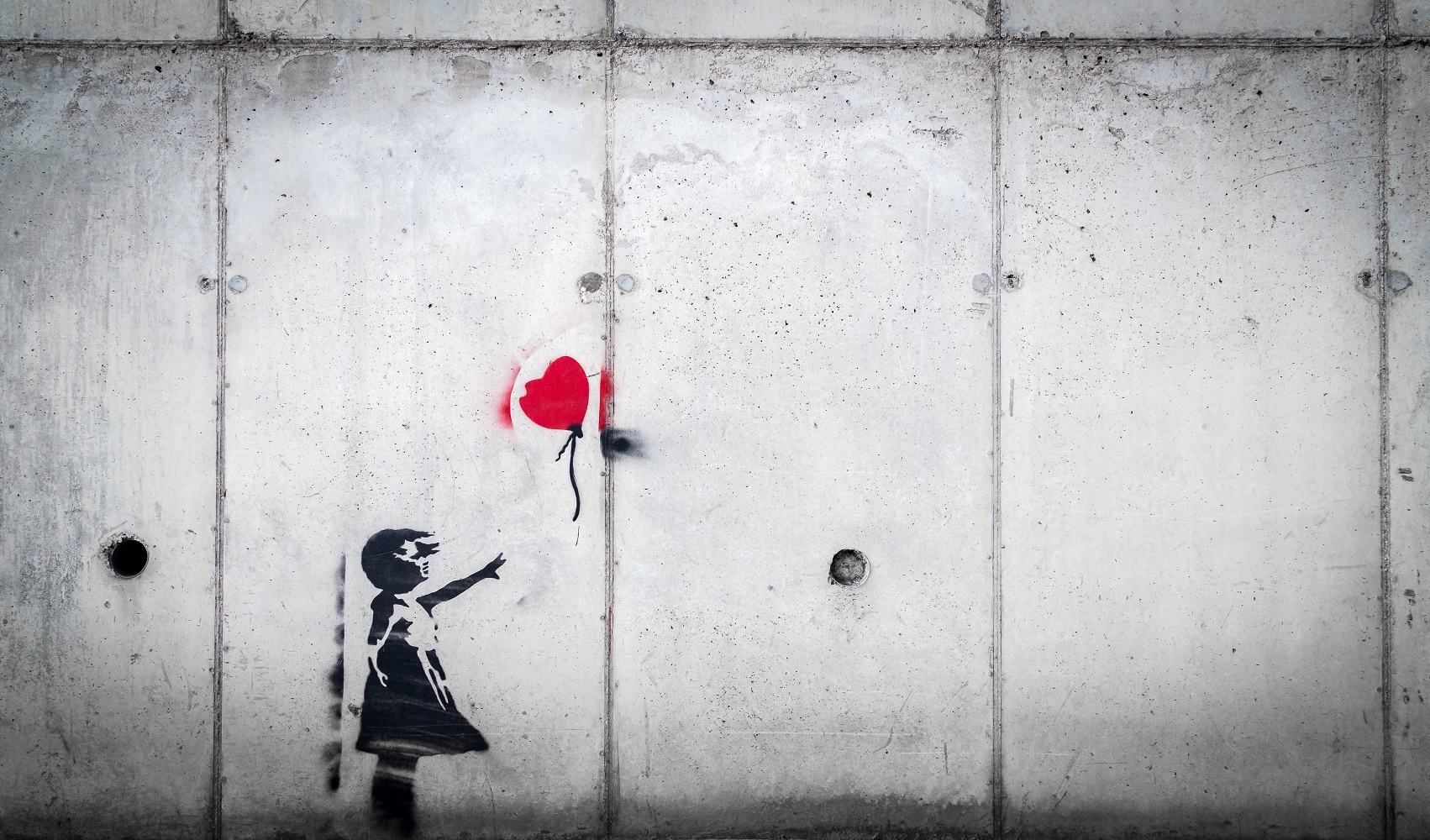Thank you to Toko-pa for this wonderful article on Grief.
Grief is the response to a broken bond of belonging. Whether through the loss of a loved one, a way of life, or a cherished community, grief is the reaction to being torn from what you love. As Martín Prechtel teaches, the words for grief and praise are the same in the Tz’utujil language because you can only grieve what you have dearly loved.
We grieve the loves we’ve lost. We grieve our abilities vanishing through illness or age. We grieve the loss of faith in our religion. We grieve our children leaving home. We grieve the paths we didn’t walk. We grieve the family we never had. We grieve the suffering of the planet. But while grief may look like an expression of pain that serves no purpose, it is actually the soul’s acknowledgment of what we value. Grief is the honour we pay to that which is dear to us. And it is only through the connection to what we cherish that we can know how to move forward. In this way, grief is motion.
Yet in our culture, we are deeply unskilled with grief. We hold it at a distance as best we can, both in ourselves and in each other, treating it as, Joanna Macy says, like “an enemy of cheerfulness.” There is unspoken shame associated with grief. It is sanctioned in very few places, in small doses, for exceptional occasions such as death and tragedy. Beyond that, it can feel dangerous and weak. Perhaps because we fear we’ll drown in our despair, or because it means falling apart in a world which values ‘holding it together’ above all else. But grief plays an essential role in our coming undone from previous attachments. It is the necessary current we need to carry us into our next becoming. Without it, we may remain stuck in that area of our life, which can limit the whole spectrum of our feeling alive.
Grief is the expression of healing in motion. As you make the seemingly bottomless descent, it helps to remember that grief is the downpour your soul has been thirsting for. Because what remains hidden for too long doesn’t change. It is calcified in place, often sealed by shame, left untouched and forgotten by time. But when it can finally come into the open to be seen, it is exposed to new conditions and it begins to move. It rises on a salty geyser of tears, sometimes sung to the surface by a terrific moan, streaming down our cheeks until it moistens the soil where we stand, preparing us for new growth.
Have you ever noticed how beautiful a person is after they’ve wept? It’s as if they are made new again by the baptism of tears. Indeed, when something stuck can be released through grief, we are freeing up a greater capacity to love.
Article link: https://toko-pa.com/2019/07/24/grief-is-healing-in-motion/
Excerpt from: Belonging: Remembering Ourselves Home, Toko-pa Turner
Photo by Karim MANJRA on Unsplash




Leave a Comment